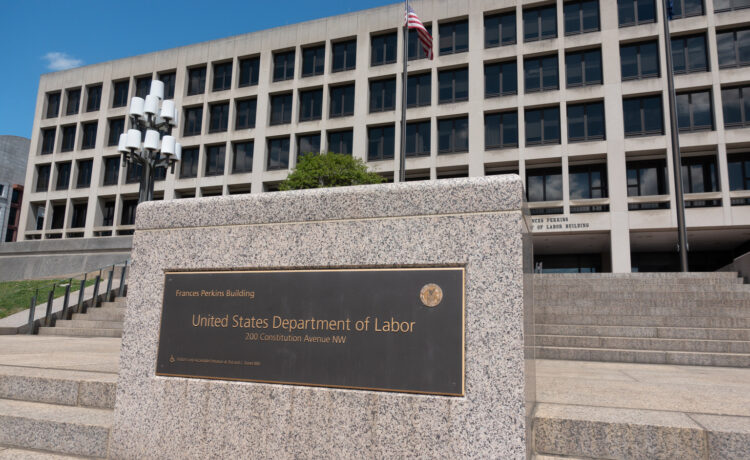On April 22, 2024, the Department of Labor (DOL) published a new final rule that defines who is an “investment advice fiduciary” and governs the provision of “investment advice.” Historically, the DOL’s rules have applied only to registered investment advisers that provide fee-based services, on a regular basis with the investors, and pursuant to a mutual agreement. In other words, the general scope of the prior rules was for situations where both parties expressly agreed that investment advice would be provided, that the advice would be generally individualized to the investor’s particular needs and in their best interests, and that the advisor’s compensation would be tied to the advice.
With the final rule, the DOL has broadened the definition of an “investment advice fiduciary” and expanded the definition of “investment advice.”
The new rule modifies the general criteria for determining if a fiduciary relationship exists and is based on whether the financial institution does or says anything indicating they are acting as a fiduciary or if they provide a covered investment “recommendation.” The final rule also expands the definition of “retirement investors” to include individuals making deposits to Health Savings Accounts (HSAs) and plan fiduciaries (employer plan administrators). Further, investment advice now includes advice given on a one-time basis, as is often the case with retirement plan rollovers, including those made to individual retirement accounts (IRAs) and now HSAs.
Consequently, under the new rule, many financial institutions that previously were not considered fiduciaries may now be considered fiduciaries. Additionally, certain services that were previously considered to be non-fiduciary may now be considered as fiduciary services.
Particularly noteworthy, the new rule does not provide a bright line test as to whether a person or entity is a fiduciary. For example, the final rule does not define “recommendation.” However, the rule’s preamble provides some guidance. Specifically, the preamble provides that whether a recommendation has been made depends on the degree to which a communication is individually tailored to the retirement investor. For instance, describing a selective list of securities to a particular retirement investor as being “appropriate for the investor” will be viewed as a recommendation to acquire the securities, even if no express recommendation is made with respect to any specific security. On the other hand, the rule’s preamble provides that merely providing investment information or education, without an investment recommendation, is not advice within the meaning of the rule. Clearly, there is a fine line that must be walked to avoid being labeled a fiduciary.
Being labeled a fiduciary does not come without responsibility or obligation. In general, a fiduciary is obligated – sometimes legally, sometimes ethically – to act in the best interest of another. The specific responsibilities and obligations can vary depending on a variety of circumstances (like the nature of the relationship). For example, a fiduciary cannot put its own interests ahead of the interests of the person on whose behalf they are acting. While a fiduciary can charge fees for services, they need to consider factors like costs and the suitability of an investment when providing a recommendation. Thus, for these and a variety of other reasons, many financial institutions do not want to be labeled a fiduciary.
There are several actions financial institutions can take to avoid being labeled a fiduciary. However, the key is establishing policies and procedures followed by proactive staff training on the same. Staff need to be trained in the actions they can and cannot take as well was the words and approaches they can and cannot use. Financial institutions may also want to consider using a disclaimer of fiduciary status. While a written statement disclaiming status as a fiduciary will not control to the extent the disclaimer is inconsistent with the financial institution’s other oral or written communications, marketing materials, and applicable state or federal law, there may be value in obtaining a disclaimer executed by the customer. Specifically, a disclaimer could put the burden on the person claiming the financial institution is a fiduciary to prove that the institution acted in a way that created a fiduciary status.
Conclusion
With the assistance of its legal counsel, financial institutions should familiarize themselves with the scope and details of the new DOL fiduciary rule as well as the potential risks and consequences of being labeled a fiduciary. The primary action an institution can take to avoid being labeled as a fiduciary includes establishing policies and procedures and instituting vigorous staff training. In addition to making sure staff are complying with the final rule and their training, institutions may also want to obtain a signed written statement disclaiming their status as a fiduciary.
For an opportunity to learn more about IRAs and other tax advantaged accounts including Health Savings Accounts and Coverdell Education Savings Accounts, consider the Wolters Kluwer IRA Library or on-demand video training offered on a variety of topics. Go here to learn more about training opportunities available to you, or you can call us at 1-800-552-9408.
















